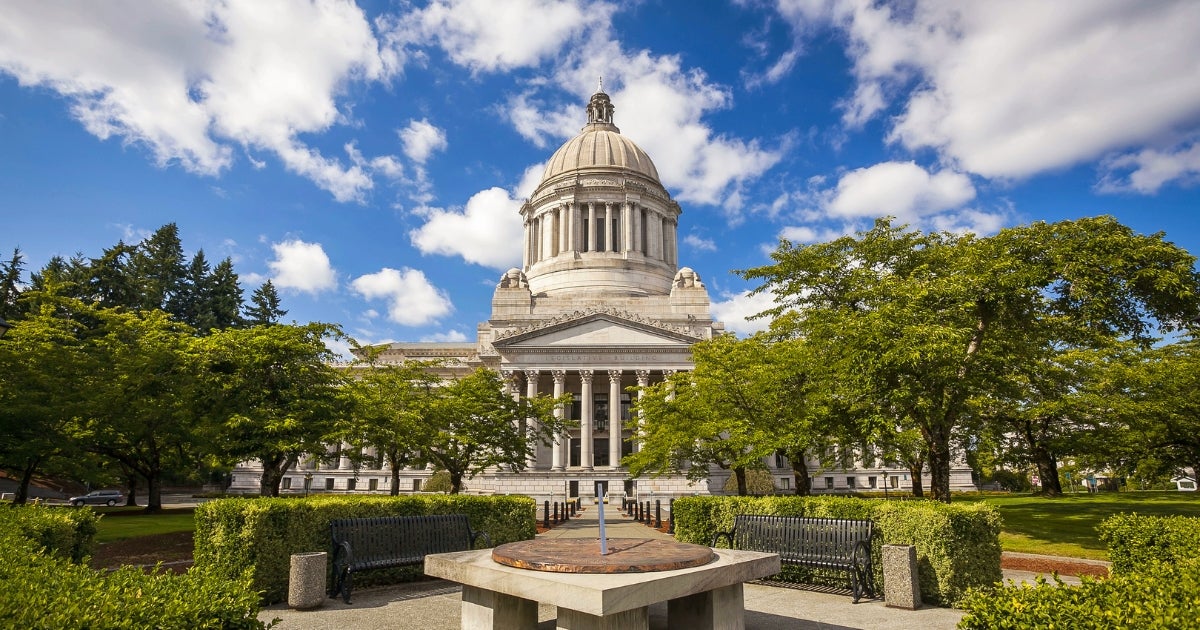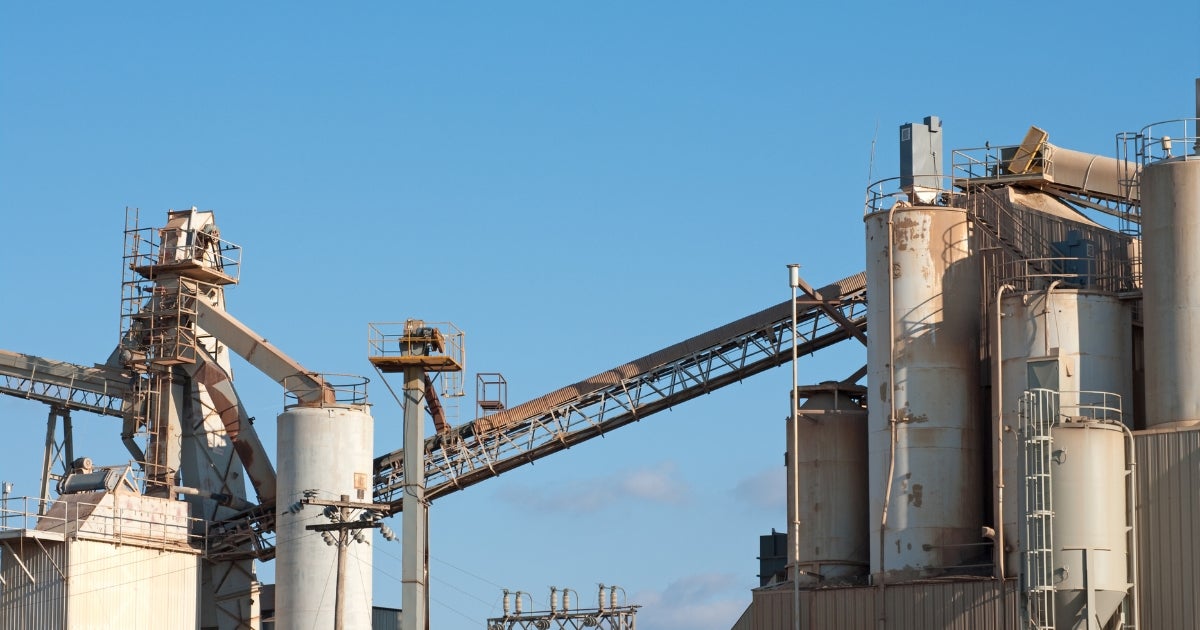
Results were released today for Washington’s fourth quarterly cap-and-invest auction, which was held on December 6th. The results from this sold-out auction show continued strong demand for allowances in the program, which has brought in substantial revenue for the state of Washington to reinvest in its communities. This is the final auction of 2023, marking the end of this program’s first year of auctions, which in total have generated close to $2 billion for Washington communities. The revenue has already begun to be distributed to different projects that benefit communities across the state, including expanding public transportation in rural areas and improving pedestrian and bicyclist safety, with much more investment to come.
December auction results
At the auction, administered by the Department of Ecology (Ecology), participating facilities submitted their bids for allowances. Washington’s major emitters are required to hold one allowance for every ton of greenhouse gas that they emit, with the total number of available allowances declining each year. This declining cap requires Washington’s businesses to reduce their climate pollution in line with the state’s climate targets. Here are the results, released today:
- All 7,142,146 current vintage allowances offered for sale were purchased, resulting in the 4th consecutive sold out quarterly auction.
- The current auction settled at $51.89, $29.69 above the floor price of $22.20, and $11.14 below Washington’s last quarterly auction price of $63.03.
- This auction is projected to generate roughly $370 million in revenue, which will be invested into Washington communities to enhance climate resilience, create jobs, and improve air quality. A report from Ecology confirming the amount of revenue raised in this auction will be published on January 4.
What these results mean
The settlement price for this auction is a very promising indication of strong and stable demand in the Washington market. Covered entities are still eager to acquire allowances early in the program, but the fact that this auction settled below the Allowance Price Containment Reserve (APCR) trigger price shows that those entities also feel more confident in their ability to secure enough allowances or to further reduce their emissions.
The lower settlement price in this auction compared to recent auctions could be driven by a few factors; for one, this could be the result of previous APCR auctions fulfilling their role as price stabilizers in a market with high demand. APCR allowances were budgeted out ahead of time when the cap-and-invest program was originally designed, and they’re still under the overall allowance budget set by Ecology in order to keep Washington on track with its climate targets. Making these additional allowances available at a predetermined and transparent price point through the APCR helps to stabilize allowance prices in the program, and that’s precisely why Ecology designed this feature into the program from the start. Entities who were able to secure additional allowances at the two APCR auctions held this year may have felt more confident in this auction that they don’t need to scramble to out-bid other entities to buy up allowances.
Another factor that may have driven slightly calmer demand in this auction is the recent decision by Washington’s Department of Ecology to officially pursue linkage with the joint California-Quebec market, known as the Western Climate Initiative (WCI). The December auction was the first auction to be held following this decision, and this step towards a larger, linked market with greater access to more allowances may have given covered entities more confidence in their ability to obtain allowances in the future through this broader market. Read on for more information about this milestone decision, what it means, and what’s next!
Looking ahead: Linkage and the legislative session
In case you missed it, early last month the Department of Ecology officially announced its intention to pursue linkage with the California-Quebec market. This decision is a significant milestone in the linkage process, and if California and Quebec follow suit, it would lead to a tri-jurisdictional system operated jointly by all three parties. California, Quebec, and Washington would all be able to pool their supply of emission allowances and hold shared auctions. As we’ve written previously, these jurisdictions all stand to benefit from a linked market as it can drive faster cuts in climate pollution and support a more stable, predictable market for all participants.
Before that happens though, there are a lot of things to get done. California and Quebec each have their own processes to go through and there’s some legislative fine-tuning that Ecology is planning to request in order to make the linkage process as smooth as possible.
That means potentially making small, strategic updates to the Climate Commitment Act (CCA) to build alignment with the joint California-Quebec program, with the goal of making it easier to operate as a single, linked market. The CCA is the landmark climate policy that Washington passed in 2021 that placed a firm, declining limit on climate pollution while also providing new tools for tackling local air pollution and creating the cap-and-invest market. Thanks to the CCA, Washington is one of only a few states in the nation that’s actually on track to meet its targets. Now, state leaders have an opportunity to scale up the state’s climate action by ensuring that Washington’s cap-and-invest market is ready to deliver enhanced climate and cost-savings benefits as part of a linked market.
As things progress in the legislative session, we’ll be keeping an eye on all things CCA and linkage — stay tuned for our updates and analysis!















